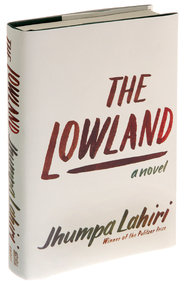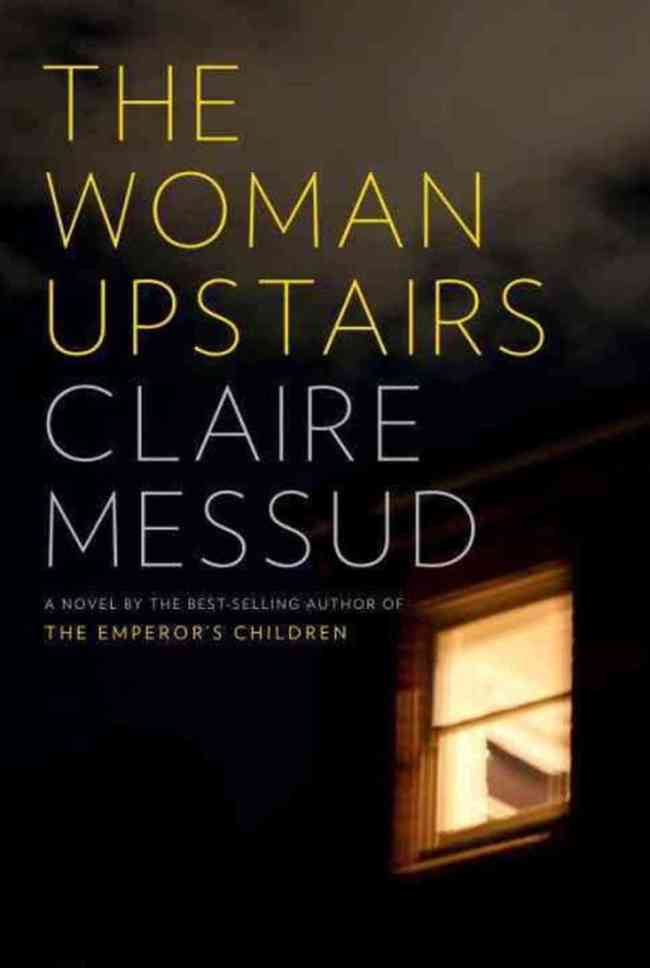What is The Sound of Things Falling?
The Sound of Things Falling is the story of a common past, a novel of place, of individual and collective trauma. Told in the first person, the narrator, a professor in contemporary Bogota, looks back to when he was accidentally shot in 1996, when a friend was gunned down and killed while standing next to him. Suffering from post-traumatic stress, Antonio leaves on a journey to unveil his friend’s history, and he discovers his own, as well as painful truths about his nation. The primary story spans a period from the early ’70s to the mid ’90s and deals with Pablo Escobar’s Columbia and the war his cartel and the government waged not just upon each other, but upon its citizens.
What is the sound of things falling? Here, it is quite beautiful: “In a matter of minutes the musical scandal of crickets and cicadas burst out and a few minutes later had calmed down again, and only a few soloists chimed up here and there, interrupted every once in a while by the croak of a lost frog. The bats fluttered three meters above our heads, coming in and out of their refuges in the wooden roof, and the yellow light moved with the puffs of a gentle breeze, and the air was warm and the rum was going down nicely.”
Adding to this beauty is that the novel is translated into English from its original Spanish by Anne McLeod. Translation is its own much under-appreciated art form. To capture the essence of meaning, to capture the feeling, the ideas, the musicality of the original text, especially from a more lyrical native language–this cannot be an easy task, and must be a labor of love. It is poetry in its own right. McLeod, the translator, has indeed won major prizes for her translations. And the author of The Sound of Things Falling, Juan Gabriel Vasquez, is also an accomplished translator of major works, while his original fiction has won numerous awards from the Alfaguara Novel Prize in Spain to an English PEN award.
The language in evocative. The story is interesting. It creates feeling and tone: melancholy and quiet and sadness. Add to this its ideas about what matters–about collective experience and how we treat each other and those in our care–and the result is an artful novel full of resonance.
The Sound of Things Falling by Juan Gabriel Vasquez, 270 pages, Riverhead Books 2013










